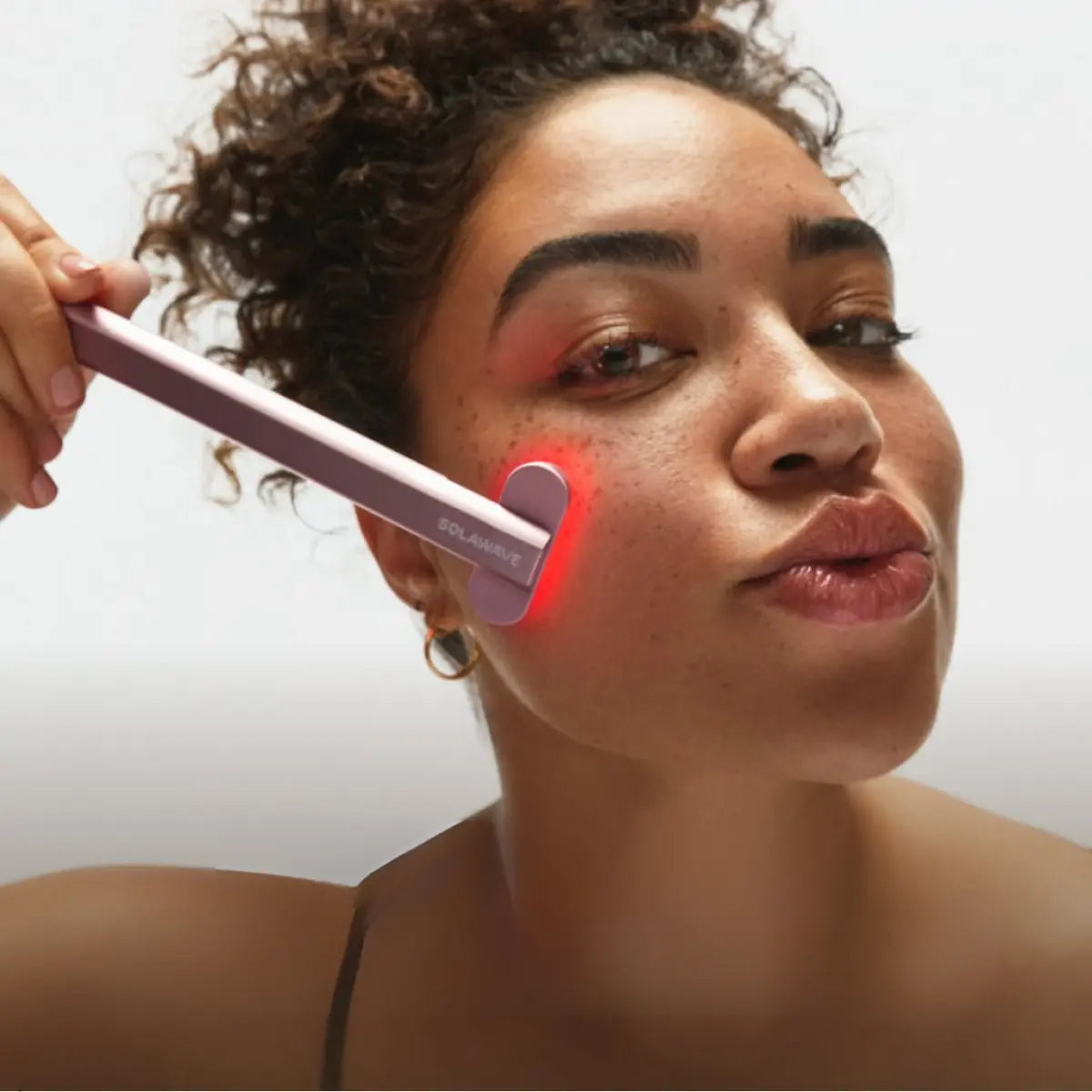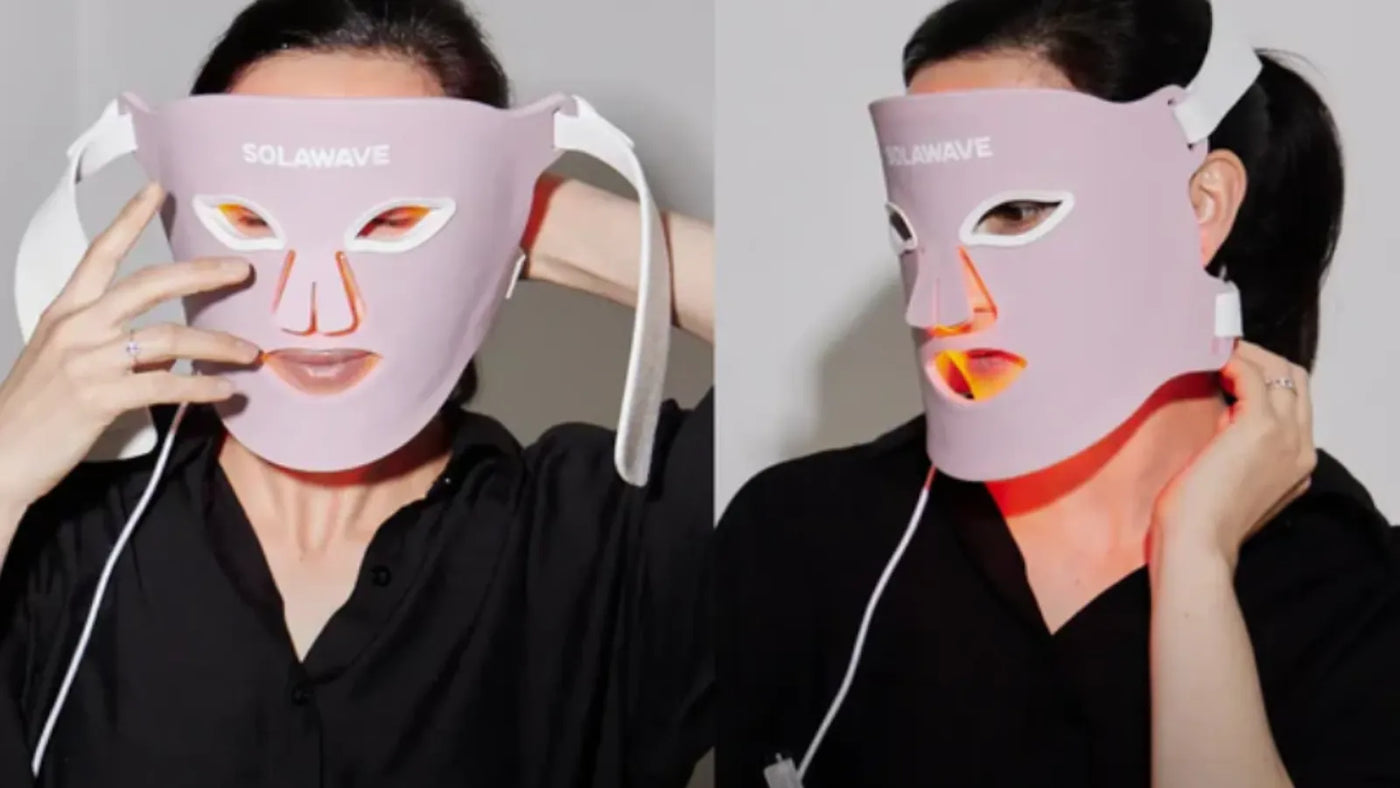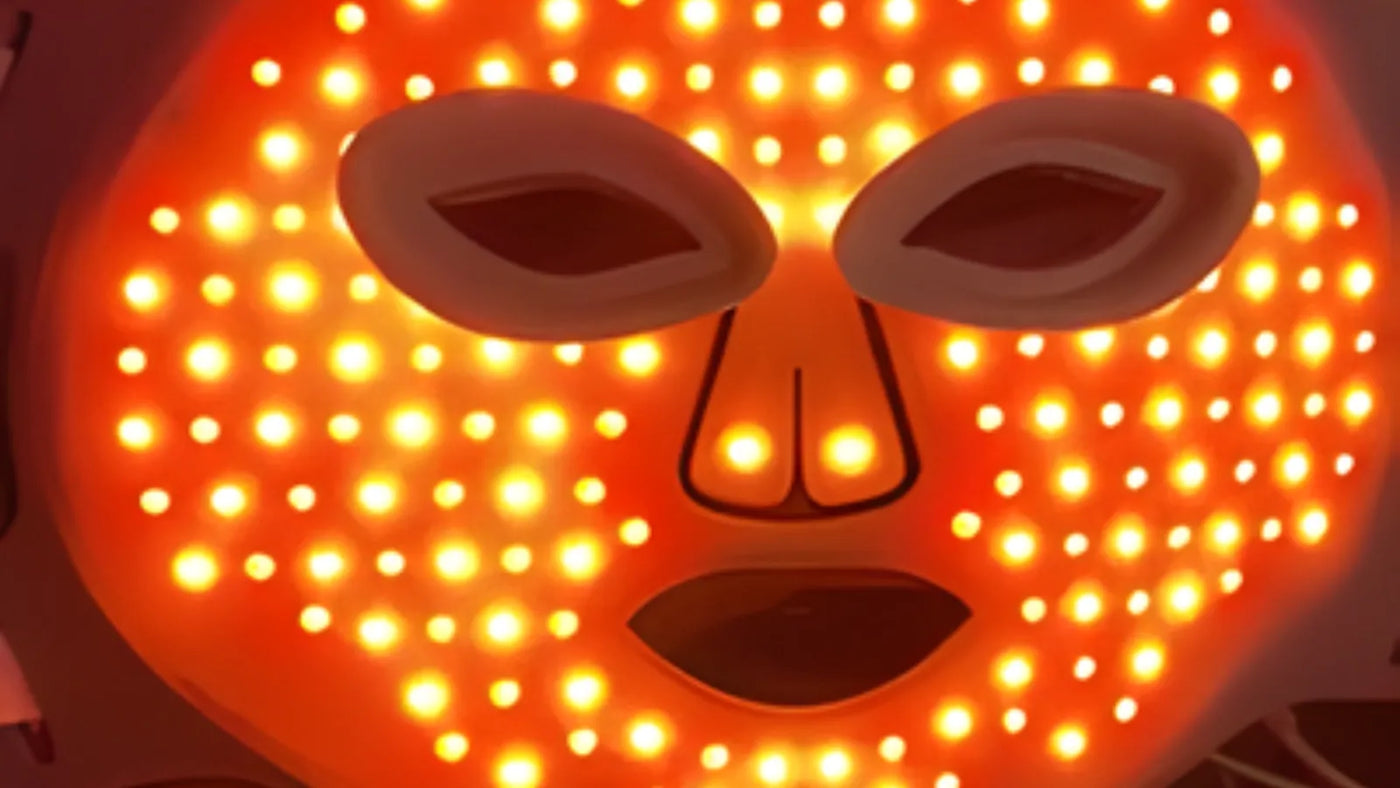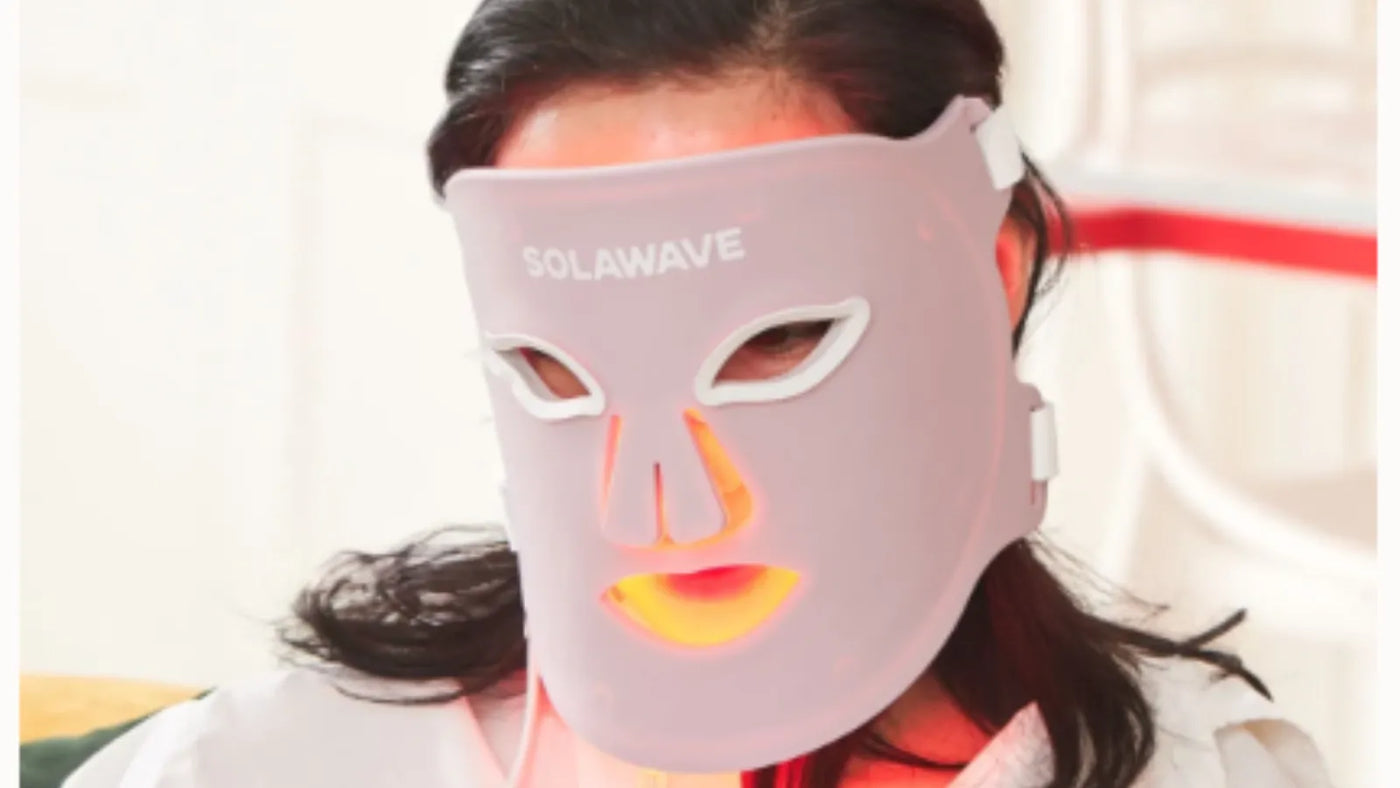

Types of Skin Blemishes: A Basic Guide
Skin blemishes are common and can show up as pimples, dark spots, scars, or small growths. Here are the different types of skin blemishes so you can properly care for your skin and choose the best ways to address them, no matter your age or skin type.
What Are Skin Blemishes?
Skin blemishes are any noticeable marks, spots, or imperfections that appear on your skin. These can show up in many forms, including pimples, dark spots, scars, or small growths. Blemishes are often harmless, but they can sometimes make you feel self-conscious about your appearance.
Several factors can cause skin blemishes. Genetics play a role—if your family members have certain types of blemishes, you might be more likely to get them too. Hormonal changes, such as those during puberty, pregnancy, or menopause, can trigger blemishes. Environmental factors like sun exposure, pollution, and even your daily skincare habits can also contribute. Using harsh products, not cleansing properly, or frequently touching your face may increase your chances of developing blemishes.
Blemishes can affect how your skin looks and feels, sometimes making your skin appear uneven or less radiant. For many people, visible blemishes can also impact confidence and how comfortable you feel in your own skin.
Main Types of Skin Blemishes
1. Acne
Acne is one of the most common types of skin blemishes. It happens when your hair follicles become clogged with oil and dead skin cells, leading to pimples, zits, or even deeper lumps under the skin. Hormones, stress, certain medications, and even diet can play a role in causing acne.
There are several types of acne:
-
Whiteheads: Small, closed bumps under the surface of your skin.
-
Blackheads: Open bumps that look dark on the surface due to exposure to air.
-
Papules and Pustules: Red, inflamed bumps that may be tender or filled with pus.
-
Cystic Acne: Large, painful lumps deep within the skin.
Teens and young adults are most at risk, but acne can affect people at any age, especially during times of hormonal changes.
2. Hyperpigmentation
Hyperpigmentation refers to patches of skin that become darker than the surrounding area. This happens when your skin produces extra melanin, the pigment that gives your skin its color.
Common causes include too much sun exposure, inflammation from pimples or injuries, and hormonal changes (such as during pregnancy or from birth control). Some common forms of hyperpigmentation are:
-
Age Spots: Small, dark patches that often appear on areas exposed to the sun.
-
Melasma: Larger patches of discoloration, often on the face, linked to hormonal changes.
-
Post-Inflammatory Hyperpigmentation: Dark spots that remain after a pimple or skin injury has healed.
3. Scars
Scars are marks left on your skin after it heals from an injury, such as a pimple, cut, or burn. Not all scars are the same—some are flat and fade over time, while others may be raised or sunken.
There are different types of scars:
-
Atrophic Scars: Sunken or pitted scars, often left behind by severe acne.
-
Hypertrophic Scars: Raised scars that stay within the boundary of the original injury.
-
Keloid Scars: Thick, raised scars that grow beyond the original wound area.
Acne scars are especially common, but any injury or trauma to the skin can lead to scarring.
4. Moles and Birthmarks
Moles and birthmarks are common skin blemishes that usually appear as small, colored spots or patches. Moles are typically brown or black and can develop anywhere on your skin, while birthmarks are present from birth and come in various shapes, sizes, and colors.
Most moles and birthmarks are harmless, but you should pay attention to any changes in their size, shape, or color. If you notice a mole or birthmark that looks different from others, grows quickly, or starts to itch or bleed, it’s a good idea to have it checked by a dermatologist. Regularly monitoring these spots helps you keep track of any changes that could affect your skin health.
5. Skin Tags
Skin tags are small, soft growths that hang off the skin. They’re usually flesh-colored or slightly darker and often appear in areas where your skin rubs together, like the neck, armpits, or under the breasts.
Skin tags develop as you age and are more common if you’re overweight or have a family history of them. They’re not harmful and don’t usually cause pain, but some people choose to have them removed for cosmetic reasons or if they become irritated by clothing or jewelry.
6. Other Common Blemishes
-
Warts: Small, rough growths caused by certain types of viruses. They can appear anywhere on your body and are usually harmless, though they can be contagious.
-
Cold Sores: Fluid-filled blisters that typically form around the lips or mouth. They’re caused by the herpes simplex virus and can be triggered by stress, illness, or sun exposure.
-
Milia: Tiny, white bumps that often appear around the eyes or cheeks. They form when dead skin cells get trapped under the skin’s surface and are common in both adults and children.
Proven Ways to Treat and Manage Skin Blemishes
General Skincare Tips
A gentle skincare routine is one of the most effective ways to support healthier-looking skin and manage blemishes. Use a mild cleanser to wash your face twice daily, avoiding harsh scrubs or products that can irritate your skin. Moisturize with a lightweight, non-comedogenic (won’t clog pores) moisturizer to keep your skin balanced.
Sun protection is essential for anyone dealing with skin blemishes. Daily use of a broad-spectrum sunscreen helps prevent dark spots from getting darker and protects your skin from further damage. Even on cloudy days, UV rays can affect your skin’s appearance.
Try to avoid common triggers that can make blemishes worse. This includes using products with strong fragrances or alcohol, picking at your skin, or over-exfoliating. Picking at pimples or other blemishes can lead to scarring and longer-lasting marks.
Medical Treatments
There are several proven options to help treat and manage skin blemishes, especially for acne and hyperpigmentation:
-
Over-the-Counter Options: Ingredients like benzoyl peroxide, salicylic acid, and retinoids are commonly found in creams and gels. Benzoyl peroxide helps reduce bacteria on the skin, salicylic acid unclogs pores, and retinoids encourage cell turnover for smoother skin.
-
Prescription Medications: If over-the-counter products aren’t enough, a dermatologist may recommend stronger topical or oral medications. These can include prescription-strength retinoids, antibiotics, or hormonal treatments.
-
Professional Procedures: For stubborn blemishes or scars, professional treatments can make a difference. Chemical peels use gentle acids to exfoliate and brighten your skin. Laser therapy targets dark spots and redness, while microneedling can help improve the look of scars and uneven texture. Always consult with a licensed professional to find the best option for your skin.
Light Therapy
Light Therapy is a non-invasive option that uses specific wavelengths of light to target pimples and acne-type blemishes. Devices like the Bye Acne Pro Kit combine Blue Light and Red Light Therapy to address different aspects of acne.
-
Blue Light Therapy helps eliminate acne-causing bacteria and reduce oil production on the skin’s surface.
-
Red Light Therapy helps visibly calm inflammation and reduce the appearance of redness.
The Bye Acne device is designed for spot treatment, delivering a three-minute session directly over a pimple. After cleansing your skin, you simply place the device over the affected area and let it work. Many users notice visible improvements in the appearance of pimples and post-acne marks with consistent use.
For added care, serum-infused Microdart Patches can be applied after Light Therapy. These patches contain ingredients like niacinamide, green tea, and gotu kola to help soothe and support your skin’s appearance while absorbing impurities.
Light Therapy is gentle, pain-free, and easy to use at home. It’s suitable for most healthy adults, but it’s not recommended for those with certain health conditions or sensitivities. Always follow the device instructions and consult your healthcare provider if you have any concerns.
Conclusion
Skin blemishes come in many forms, from pimples and dark spots to scars and skin tags. Each type has its own causes and ways to manage it, whether through gentle skincare, sun protection, medical treatments, or Light Therapy. Knowing what kind of blemish you’re dealing with can help you choose the right approach for your skin’s needs. If blemishes persist or change, it’s always a good idea to consult a healthcare professional.
Disclaimer: This article is intended for informational purposes only and should not be interpreted as medical advice or guidance. Always seek medical advice and care from a trusted healthcare professional.






















